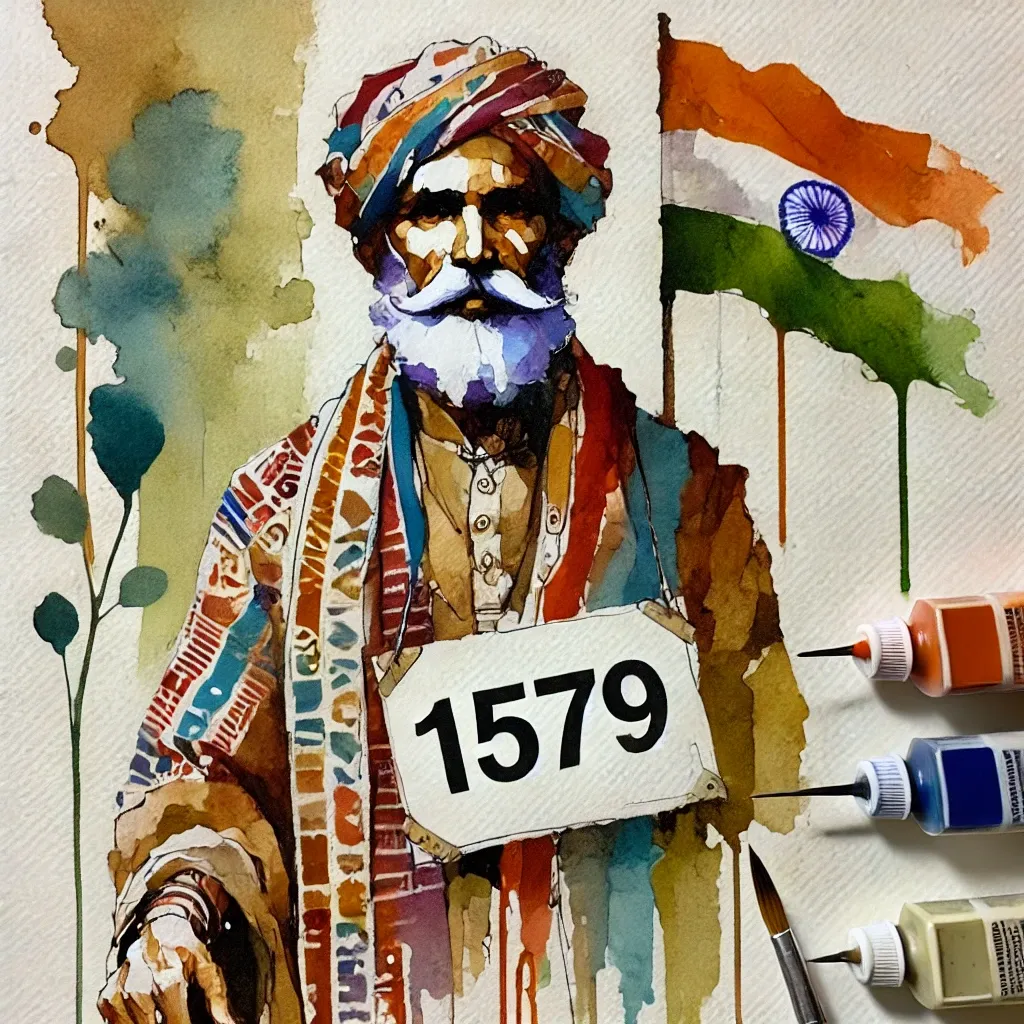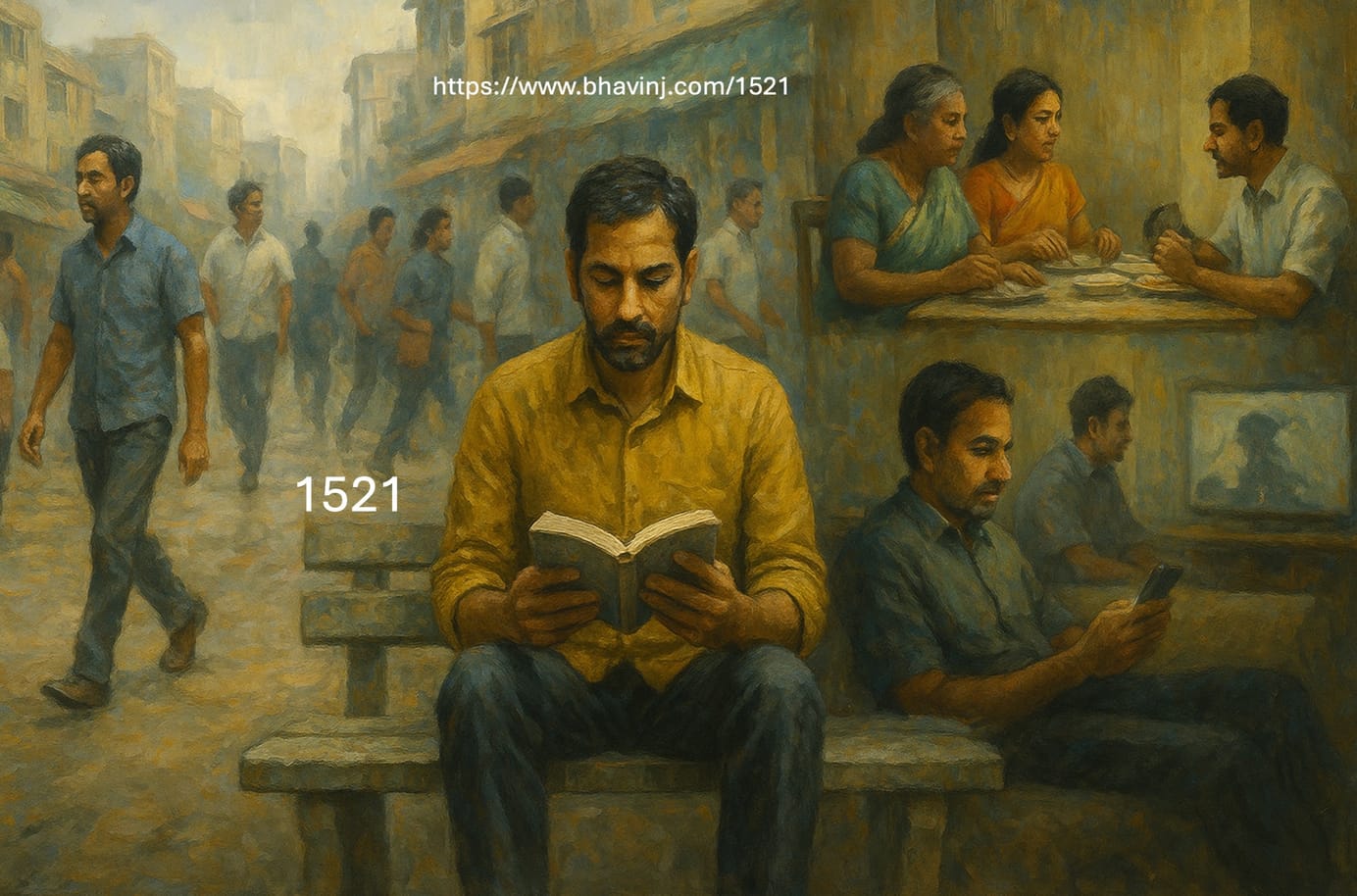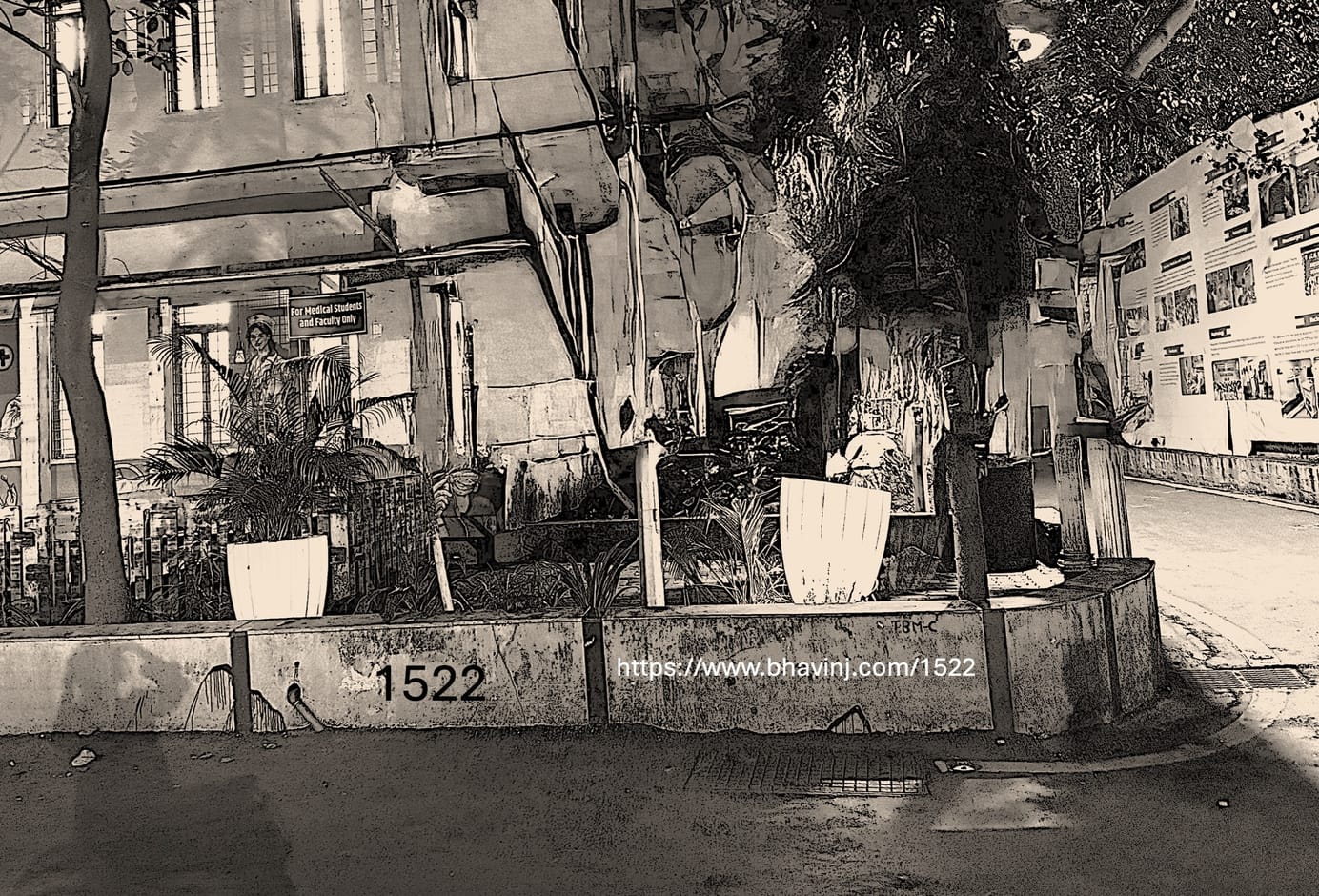
Counting Down to 90 - Week 1549 - The Power of Constraints
The right constraints can power creativity
The Concept Explained

Audio
Link to click if you don't see the audio below.
Text
I subscribe to an email newsletter that Arun Venkatesan, a polymath, sends out once in a few weeks. Yesterday’s email had a link to a post he wrote on 26th April, “The Creative Power of Constraints”, where he gives specific design examples of constraints helping creativity.
Constraints are specific rules and boundaries that we either set for ourselves or are imposed on us, willingly or sometimes, unwillingly.
Nine weeks ago, I started a project on a lark…a daily radiology case-based YouTube video of 3-5 minutes. Someone asked me a question in the “REF Classroom on Focal Lung Lesions” that I started in Feb 2025, which while unrelated to the current subject, I agreed to answer anyway. The question was, “what is the difference between axial and peripheral distribution in interstitial lung diseases (ILDs)?” I thought of making a video to demonstrate the difference, but that Monday, 17th March, the hypersensitivity pneumonitis case I chose to illustrate that point landed up being better suited for another topic, “why old scans are gold”. The next day, I read/reported another similar case that answered the question and I posted it on YouTube and since then I’ve posted one video every day from Monday to Thursday each week, on some cardiovascular or musculoskeletal or CT guided biopsy topic, for 9 weeks straight.
It takes around 45 minutes to an hour to put the case together, find similar images or prior posts or lectures, add references and check recent literature and to then record and upload and document what I’ve done. The more I document, the easier it is to find past images, cases and references.
The main constraint I’ve applied is that the case I discuss has to be seen or read/reported or biopsied by me, the same day. By restricting myself in this manner, I force myself to go through the cases/reports in the evening and then choose one that has a teaching point or is interesting. Sometimes, the case is unique, sometimes it is a routine disease or situation, but with a unique learning angle and sometimes, it just an image that catches the eye.
If I didn’t have this constraint, just having to decide a specific topic each day from the large number of cases collected over the last 2-3 decades could easily lead to decision paralysis…which I have experienced in the past in some of my other endeavors. I would also lose the spontaneity that keeps this activity interesting for me and spurs me to find interesting talking points even in everyday, routine, mundane cases…which also means now that nothing is routine or mundane any more.
I still don’t know how long I will be able to do this. Four videos a week from Monday to Thursday, does get a little too much, but it is also fun and more importantly, helps me learn/relearn and stay on top of my core subjects.
It is the same with atmasvasth.com, where I have listed the 15-point guide to living long, healthy. From the time I started in Dec 2020, the idea was to focus on the best current data and guidelines on that particular subject, validated in people, typically with randomized controlled trials, and if those were not possible or not available, then good quality observational studies and if those too were lacking, then best-practice guidelines. This means that I don’t talk about longevity research in mice or phase 1 exploratory trials or recommend theories promoted by people like David Sinclair that have not been proven and avoid anecdotal experiences unless there is absolutely no good data as with yoga and meditation and then just accept the Lindy effect (if something has been around for thousands of years, perhaps there is some value, even if we don’t know how to measure it). By choosing to write only about what has been proven (or disproven as with vitamin D and some minerals and supplements), I am able to focus on the task at hand…how to live long healthy, using the tools we currently have at our disposal and not theorize about what may happen in the future…if and when it happens, I will write about it.
Constraints don’t just help with creativity. Rules and boundaries also help us live and manage our lives and times better…a subject I will revisit in the weeks to come.
Bhavin's Writings Newsletter
Join the newsletter to receive the latest updates in your inbox.





